It is difficult to capture perfect dance posture in stage photography. The subject moves erratically with unpredictable angles. The light control, angle, subject are not in your hand. All are directed based on the choreography. The audiences are deeply indulged in the dancers’ performance. Therefore, your movement or shutter release sound may create objection to dancers’ as well as audiences.
Secondly, the stage photographers are in deep dilemma to capture moments without flash light in low light. Flash light distract the concentration of the dancers’ and audiences. Therefore, stage photographers shall click the frames without disturbing the auditorium and control themselves to put unnecessary incident light in the stage.
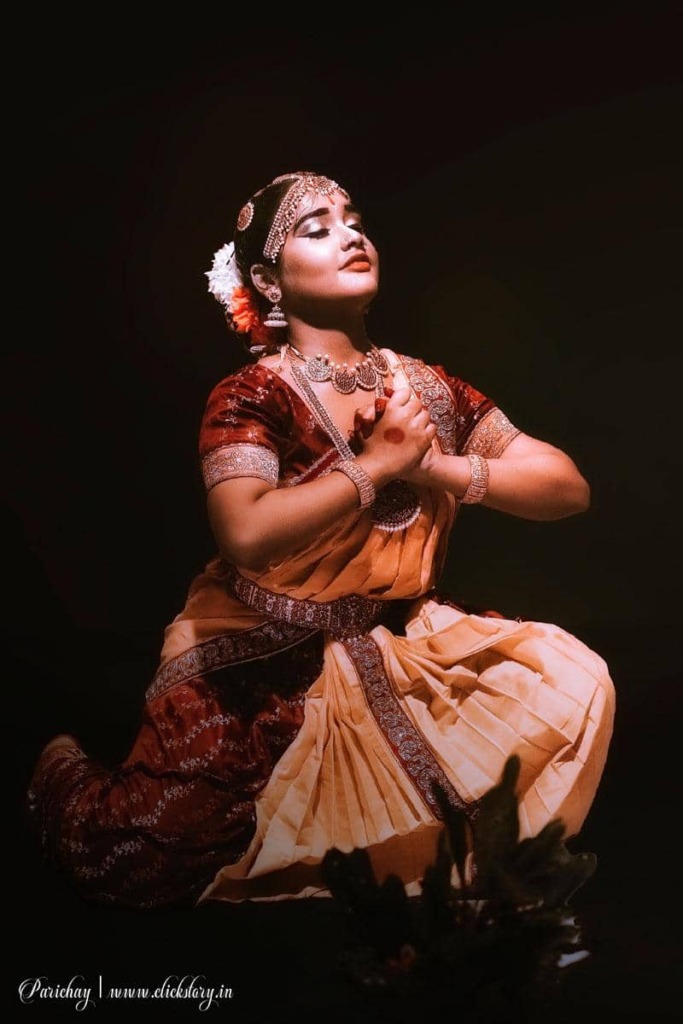
Dance programme coverage
In my previous article “Stage photography: some thoughts” I discussed the technicalities of DSLR cameras. These are not the ultimate tips for stage photography. I gain the experience after covering a good number of dance programs in various light conditions.
You are invited to share your experience about any new technique of camera for stage photography. it helps me to click the dance moments with much ease.
Sharing my experience to capture perfect postures
Today, I want to discuss capturing dancers’ postures. In India, maximum dance programs run two to three hours. It shows that you get enough room to do research and development (R&D) to capture dance moments. In reality, you will get three to five minutes for a particular dance performance. In dance drama, you will get enough time for R&D about frame, composition, angle, light use, and movements of the dancers’.
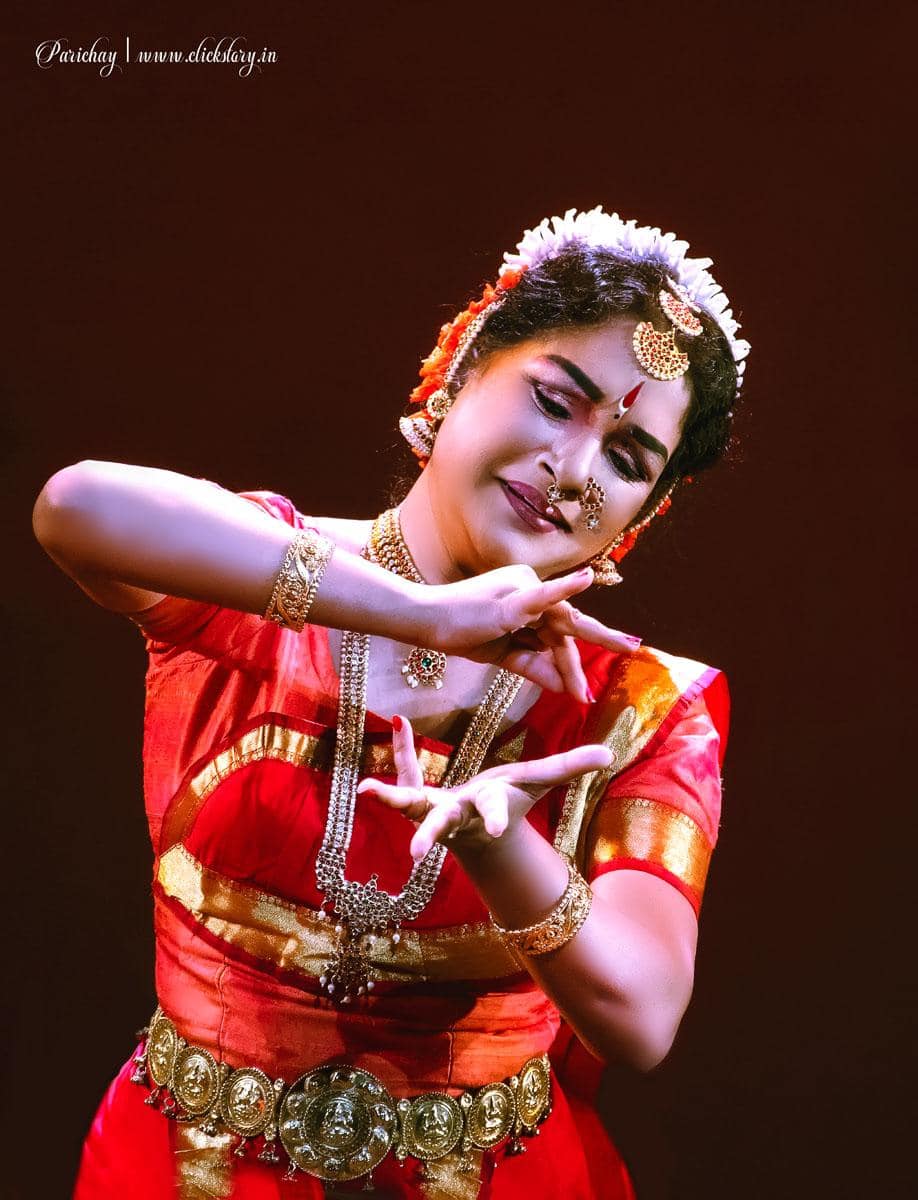

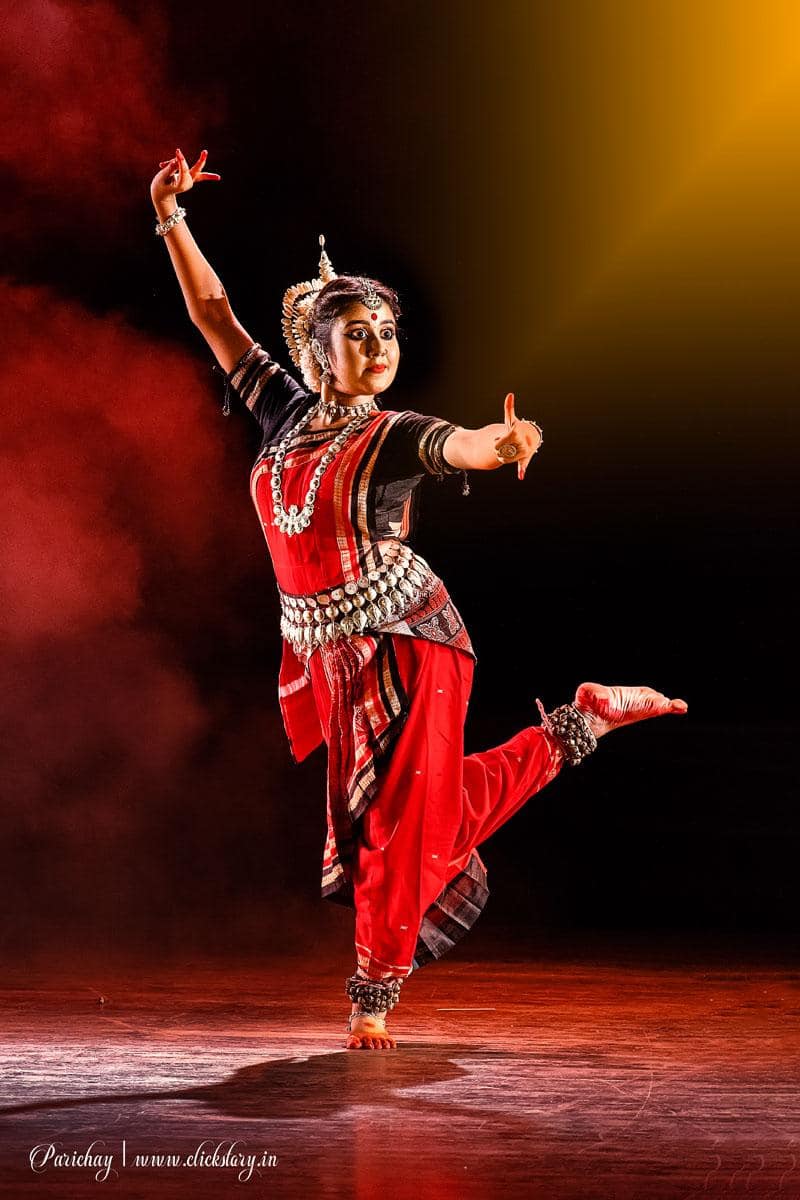
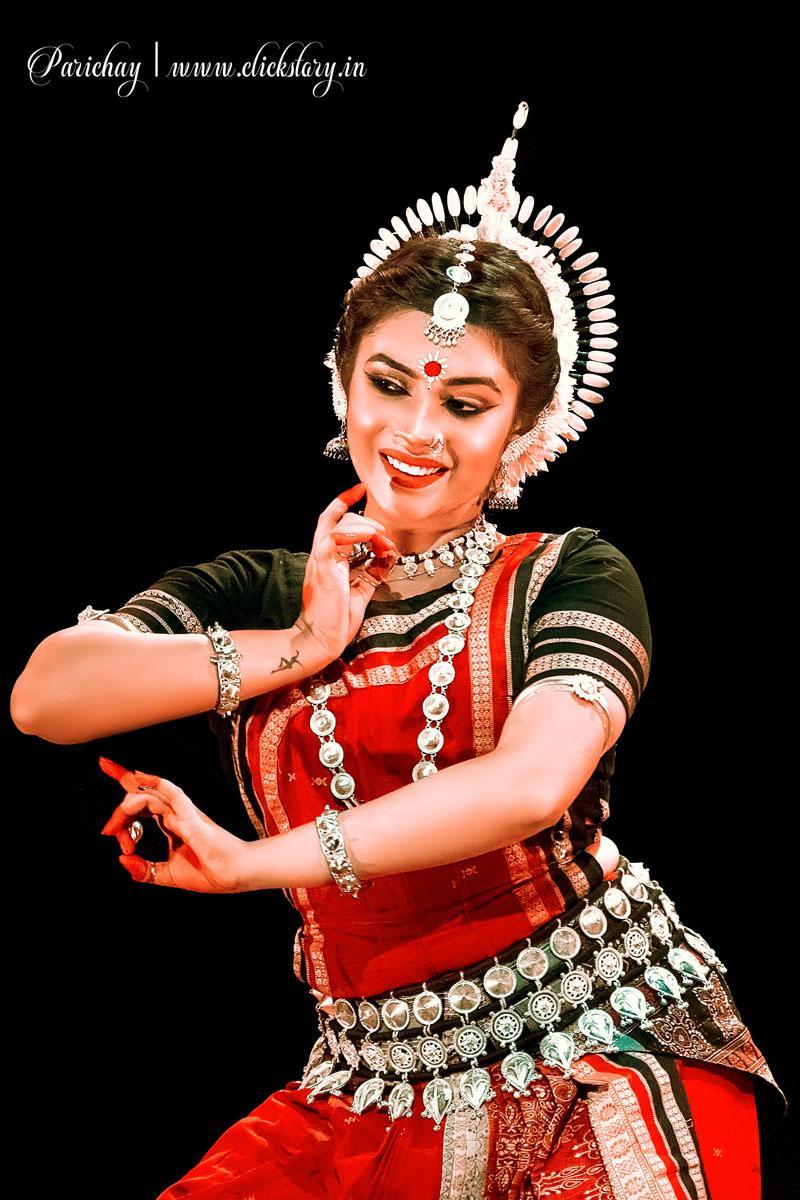
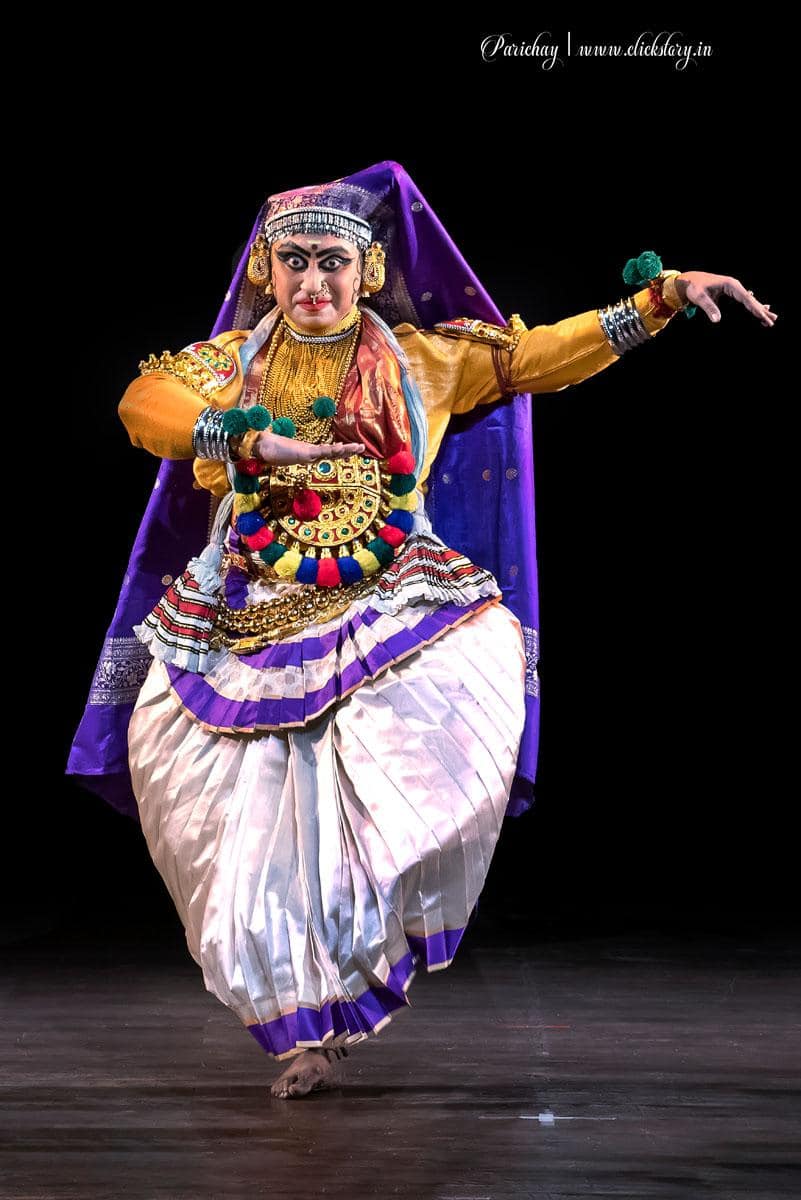
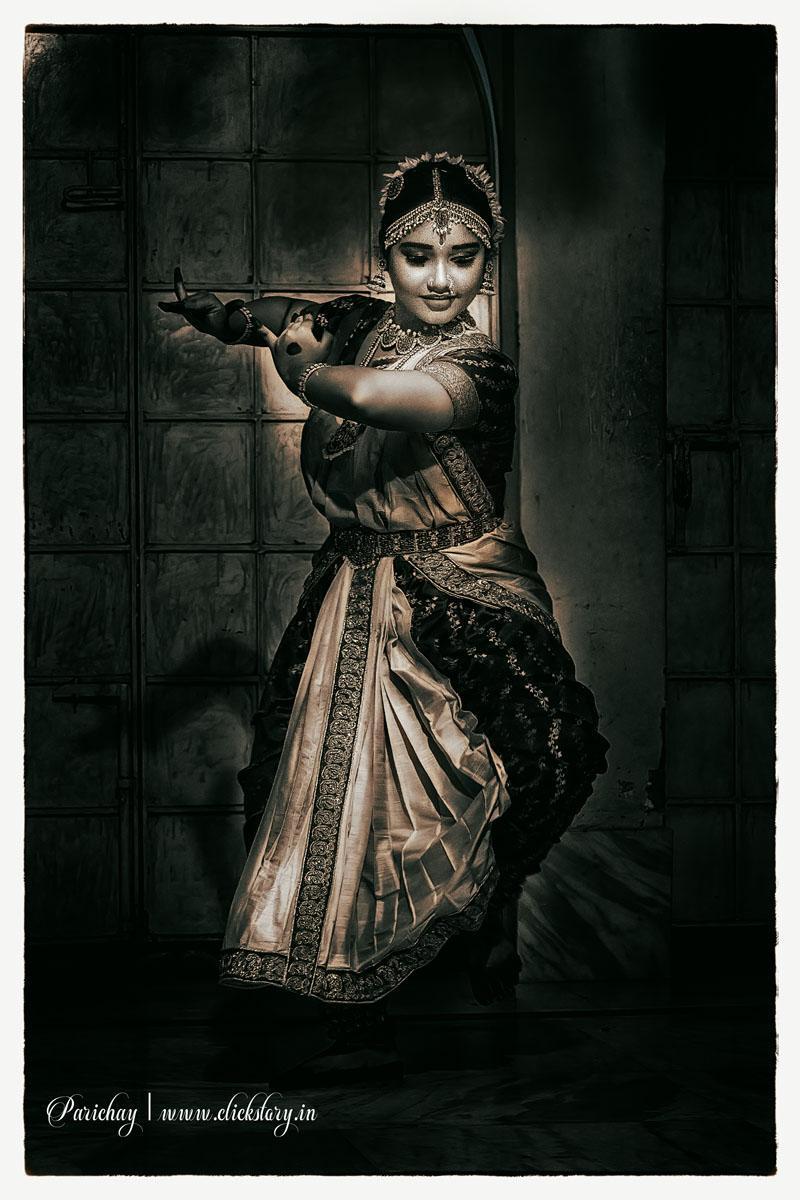


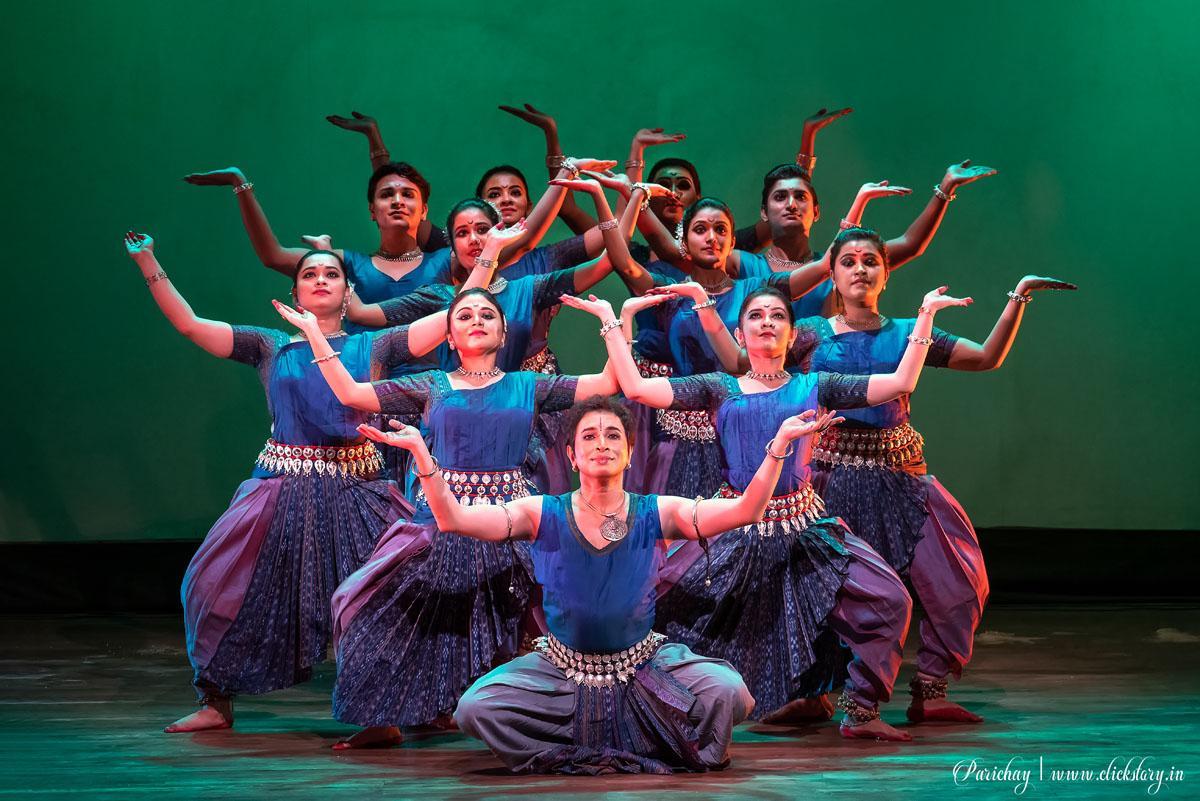



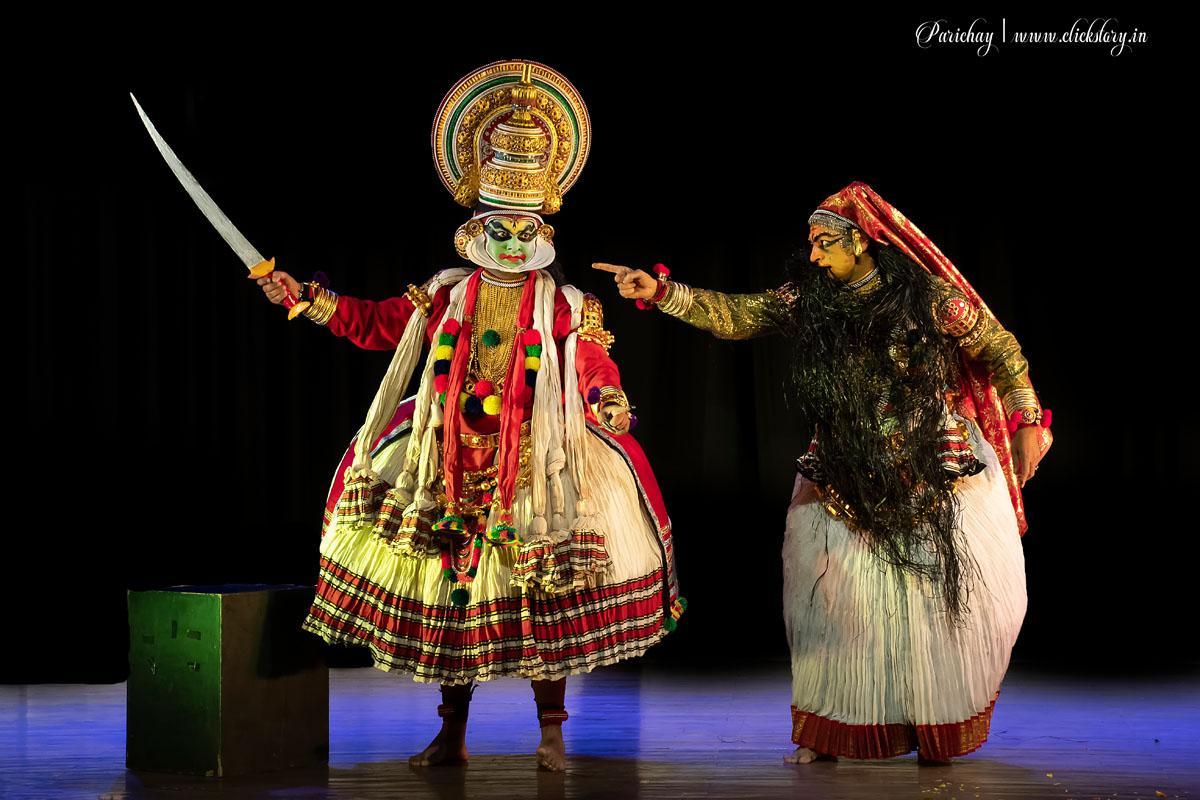

Shutter speed
As per my experience, the shutter speed should be 1/250s or 1/320s to freeze a dance posture. Go for 1/60s to 1/125s as slow shutter speed for an ultra-moving subject. It gives a movement illusion in still photography. The camera pan technique helps to freeze the subject’s head to chest and the lower part is blurry. You can edit the small errors of these types of shots through editing software.
Camera: handheld or tripod
In my perception, try to capture moments with handheld shots. I think you know how to hold a DSLR firmly and steadily. Try to frame a dancer with a headshot, head to waist, and full length. The expression-based dance demands close to mid-shot.
Do not forget that you are capturing dance moments, not theatrical scenes. Therefore, the extra close-up shots in dance merely attract your viewers. Dance is inanimate incidents without dialogues. So, it will be better to capture the movements along with expression based on head and shoulder shots or head to waist shots.
Find out the pause
Find out the pause of dance movement. Every genre in dance has a beautiful pause which helps to inhale more oxygen by the dancers and relax. Maybe you will get less than one second to grab that perfect posture or moment. Don’t get disheartened because your DSLR camera assists you to open and close the shutter 1/250s or 1/320s. hope you feel fresh air eliminating your tension.




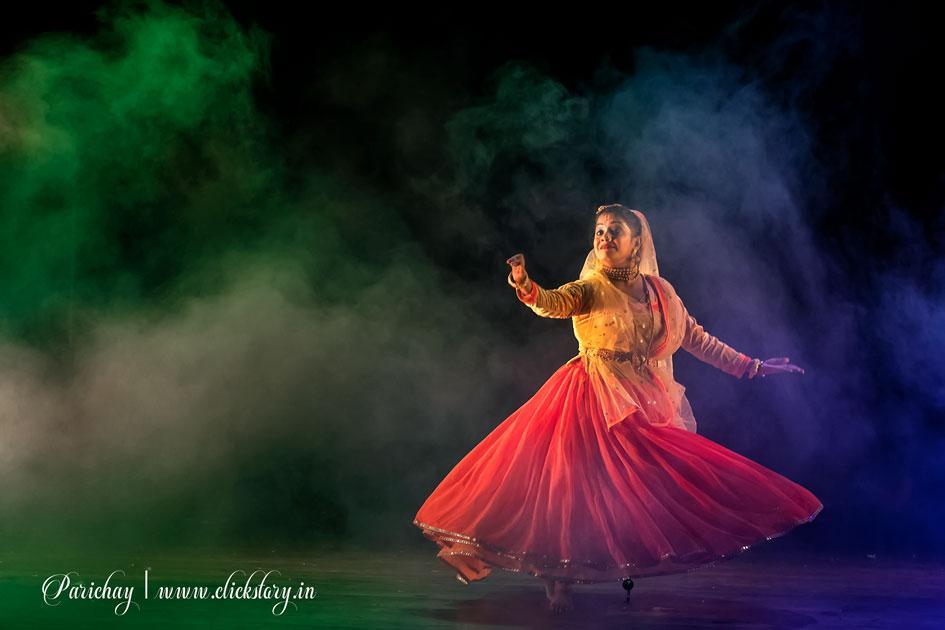
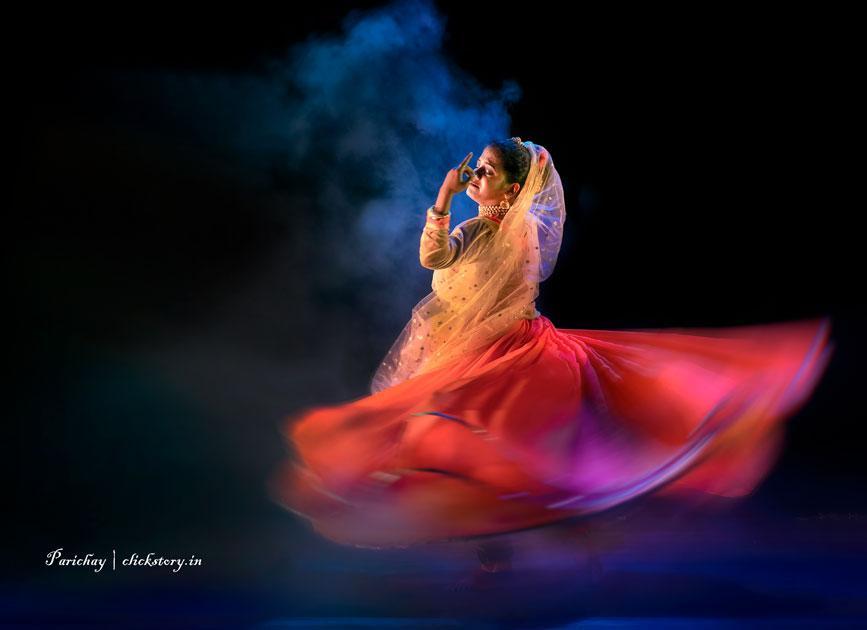

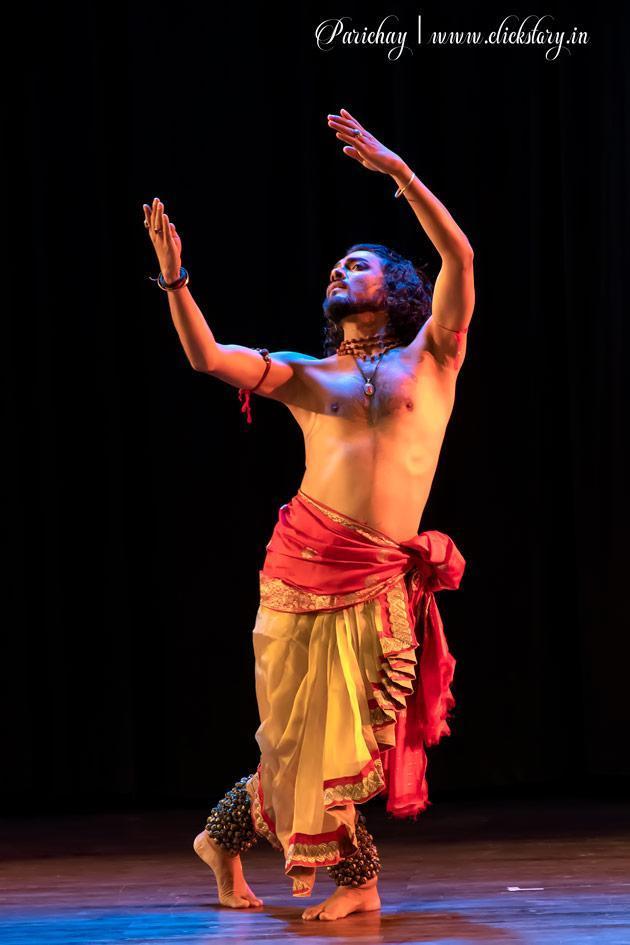


Single shutter release
Another observation in Kathak dance – a genre in Indian classical dance, one prime part is “Chakkar” (Spin). Try to practice capturing the dance moment with a single shutter rather than the continuous shutter speed (5, 7, or 10 frames per second). It is much more challenging and motivates you to grab the correct frame.
Do not click every moment which has n value in still pictures. It may seem to look good in moving subjects. But, when you observe the picture files on the computer, you might delete maximum pictures.
In a solo dance program, if you find one or two shots are perfect, that is more than enough for you in your entry-level shots. Feel the songs; immerse yourself in the dance story and music. I am sure you will get the best moments from dance programs.
Anticipate the next movement of the dancer. Attain more and more dance program which gives you enough confidence to anticipate a movement.
Conclusion
If you have a musical background, it will give you an added advantage to find out the “som, taal, fak” in any genre of Indian dance.
Listen carefully to the song (if it is in your language) and act upon it. Deeply indulge yourself in the dance moments.
The said three hours journey in a dance program; try t catch the most precious moments with a tireless effort. Observe the dance through your camera’s viewfinder and own eye. Feel the essence of choreography, dancer’s performance from the heart and capture the moment with the brain.

Fantastic Description Sir, very useful.
class presentation
Wow great article
Thank you babaaaaaaaaaa